This means people produced the equivalent of 143kg of food waste each, down from 181kg in 2007.
This week, the ONS published a review of household behaviour in relation to food waste, recycling, energy use and air travel, to coincide with the start of the COP26 climate summit.
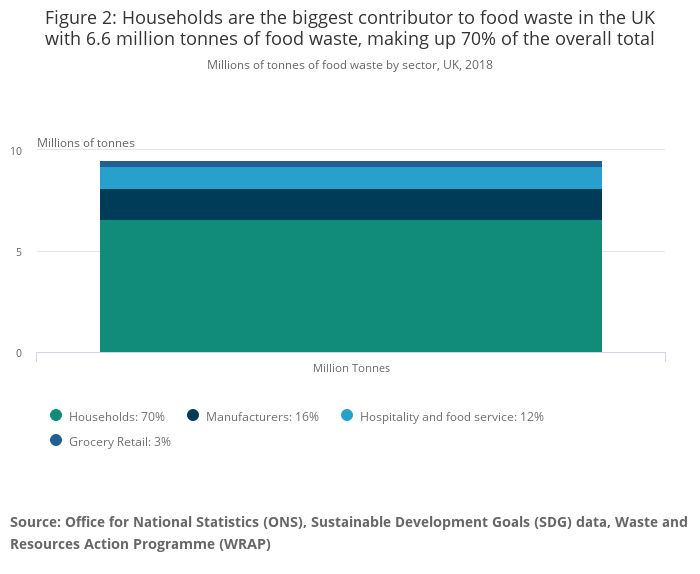
According to figures sourced from the ONS’s own research, Sustainable Development Goals (SDG) data, and WRAP, most (70%) of the UK’s food waste in 2018 came from “within households”. This is down from 72% in 2007.
Just more than half (54%) of the UK public reported “avoiding or minimising throwing away food” in March 2020, according to Business, Energy and Industrial Strategy (BEIS) statistics. Around a quarter (26%) reported doing so to limit the effects of climate change, while two-thirds (66%) reported doing so mainly for other reasons, such as lifestyle choices, cost, convenience, health, or ethical reasons.
The ONS is the executive office of the UK Statistics Authority, a non-ministerial department which reports directly to parliament.
Age
Six in ten people aged 55 to 64 years reported avoiding or minimising throwing away food, compared with 48% of people aged 16 to 24 years.
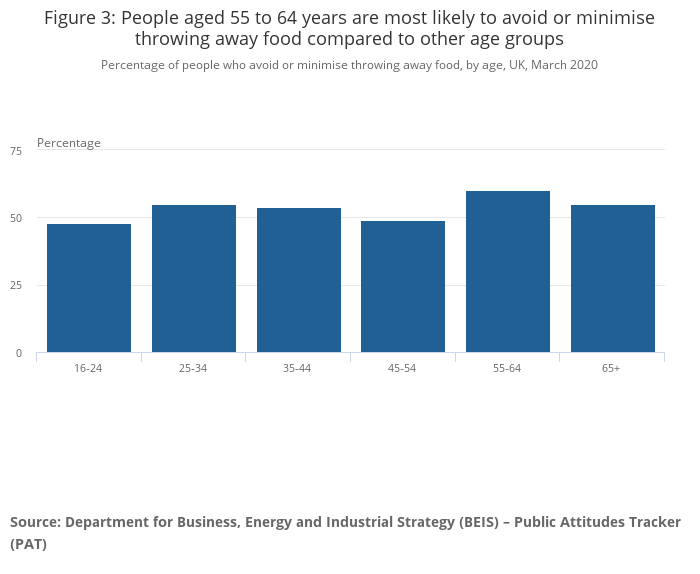
However, the ONS says older people were less likely to avoid or minimise food waste because of climate change, with just 15% of people aged 65 years and older and 23% of people aged 55 to 64 years reporting this as their main reason. This compares with 39% of 16- to 24-year-olds.
According to WRAP, the greenhouse gas emissions associated with the food waste produced in the UK in 2018 are estimated at around 36 million tonnes of carbon dioxide equivalent (CO2e).
Household recycling
The ONS also published figures relating to changes in household recycling. It says the UK’s recycling rate for waste from households was 45% in 2019, an increase of 5 percentage points since 2010. The ONS’s data came from Defra and Waste Data Flow.
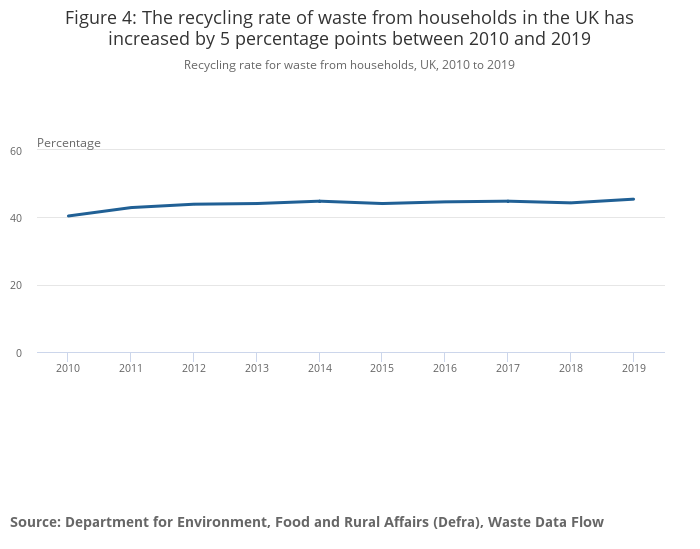
In 2019, Wales had the highest recycling rate in the UK at 56%, 11 percentage points higher than the UK overall rate.
Northern Ireland’s rate (51%) was six percentage points higher than the UK’s overall rate, the ONS says, while England and Scotland each had a household recycling rate of 45%.
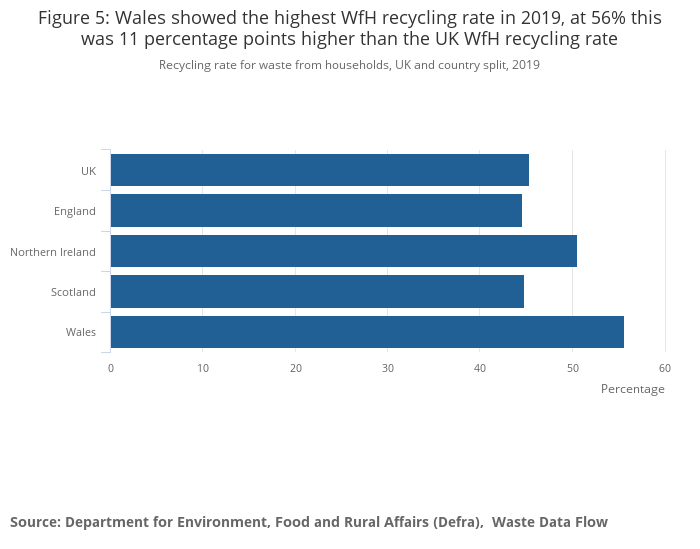
Northern Ireland has shown the greatest increase in its recycling rate since 2010, the ONS says, up 13 percentage points from 38% in 2010 to 51% in 2019. It was followed by Scotland, with a 12-percentage point increase from 33% in 2010 to 45% in 2019.
Wales saw a 12-percentage point increase from 44% in 2010 to 56% in 2019, while England increased by 6 percentage points from 40% in 2010 to 46% in 2019.
Related link
A review of household behaviour in relation to food waste, recycling, energy use and air travel





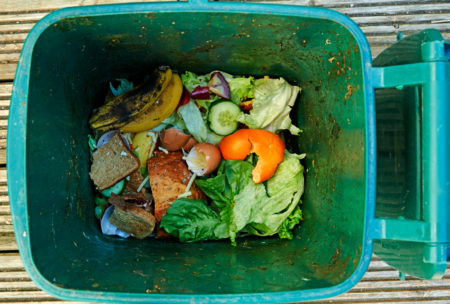

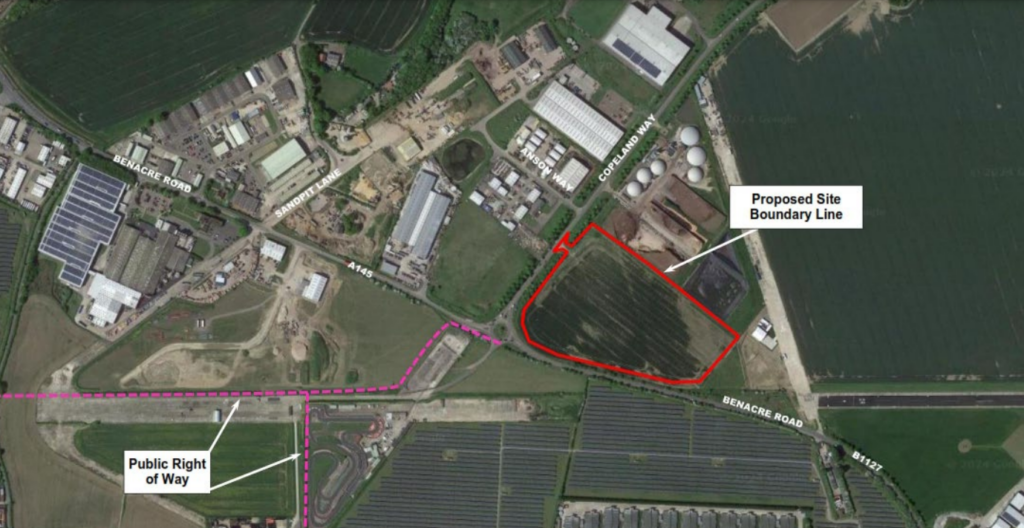




Subscribe for free